In some of our recent posts we have been discussing a handful of important aspects of 360’s. The first one about not being able to complete a 360 can be found here and the second one about 360’s on Automatic Fire Alarms can be found here. We started discussing the importance of utilizing the aerial during AFA’s. So now we have to ask: Do you bother using your aerial device during AFA’s?  If not, you may be missing out on a valuable street training opportunity.
As we mentioned, one of the greatest benefits found when using aerial devices during automatic fire alarms is the tremendous training it provides crews (when staffing and time permits). It is much better to practice during “insignificant calls†when adrenaline is not clouding our minds. The most important training opportunity this provides is aerial placement and set up. A majority of the time, the AFA’s from commercial buildings are unintentionally set off during normal business hours. The cause of the alarm is frequently due to brunt food in the break room or HVAC malfunctions. These AFA’s during business hours allow for us to practice positioning the ladder truck in crowded and tight streets or parking areas. Once the alarm has been handled, and the occupants allowed to return to the building is when the real training opportunity begins. The entire crew can meet back up at the rig (which is left set up) to discuss placement, reaches, scrub areas, victim rescues, etc. It can also be a great time to discuss apparatus placement with the Engine company crew as well.
We all know that outriggers can be one of the biggest challenges we run into when setting the truck up on crowded or small streets and parking lots. If you are assigned to a ladder truck that allows for short jacking, you may have a few options to overcome these challenges. For example, the truck shown here allows for short jacking. When setting up on a narrow street the tractor operator pulls to the opposite side of the street adjacent to the incident building. The tractor operator will exit the truck and place the short outrigger, often called the off side, straight down. This leaves room for the opposite outrigger, often called the working side, to be fully extended. The truck is now fully stabilized (on the building side) and ready to have the aerial placed in service. Doing this over and over creates good muscle memory for the “real emergency” when ladder placement is crucial and must be done right the first time.
Another benefit found when utilizing aerials during AFA’s is simply practicing getting off and back on the tip of aerial. Unfortunately there have been many LODD’s due to firefighters falling while getting off or on a roof from an aerial. Since AFA’s are low emergency calls, is a great time to build muscle memory at a slower pace to practice safe access to real roofs from aerials.
So whether it be during AFA’s or just drilling, get those ladder trucks out of the bay and set them up in your first due! You’ll never know the capabilities and limitations of your rig unless you use it. You may even surprise yourself on what you can learn from a non-emergency call like an AFA. Every call is a training opportunity.
Photo credit: Dennis Stevens, www.dennissphotography.com

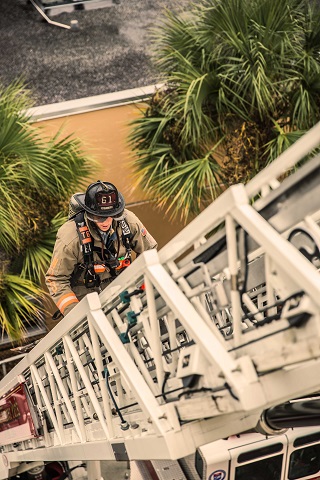
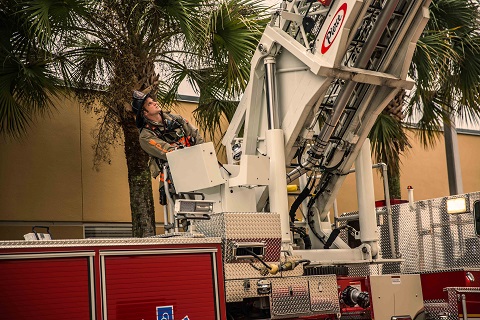
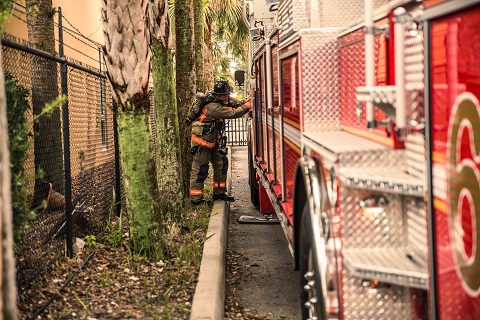
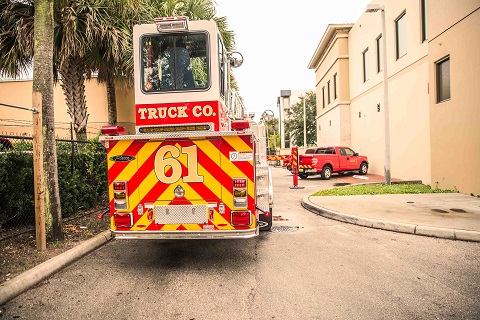
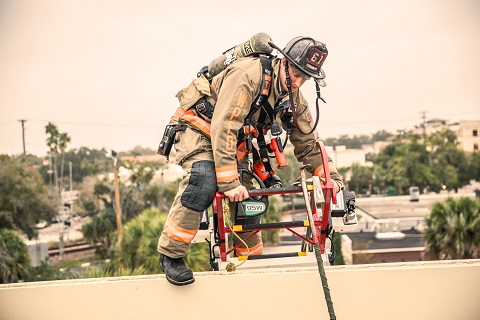
Very good article and we do tend to get complacent in our jobs. Perfect time to train is on calls like these. I must say though, if you are going to train, train with your equipment on properly and secured (I.e. Chin strap). We wear helmets for a reason, regardless if we are going full on or just going through the motions. Safety first. Be safe. Everyone goes home!
Ha Ha Ha really Mark………
Im sure everytime your butt leaves the jumpseat your helmet is strapped tight. Besides Im sure this knowledgable fireman has left his helmet loose in case the need arises to quickly don his SCBA face mask. Go back to your recliner and let WP be atleast there doing something.
good job to those who use this practice. unfortunatley in many older east coast cities doing this practice in narrow congested streets is nearly impossible every time an alarm goes off. in my area many departments will have the first due ladder throw the stick regardless of smoke or fire when “a box is struck” which I love. very good habit. sorry for spelling.